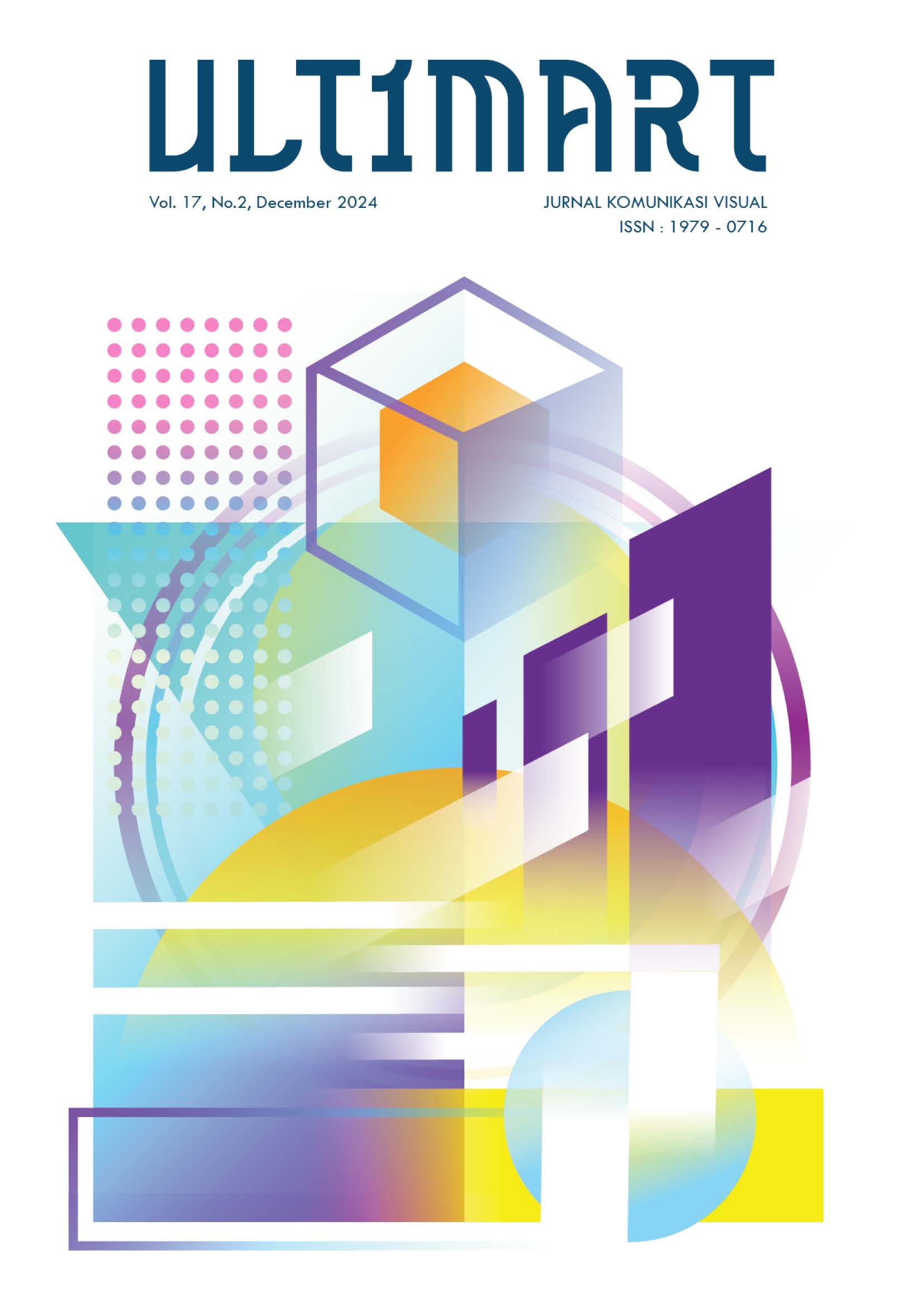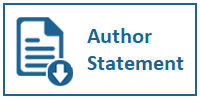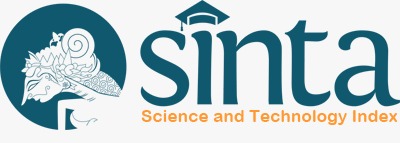Exploring Educational Media on Indonesian Studies for Third-Culture Kids' Identity Development
DOI:
https://doi.org/10.31937/ultimart.v17i2.3909Abstract
Indonesian Generation Z faces challenge in strengthening their national identity because of globalization. This is an urgency as Indonesia is progressing towards "Golden Indonesia 2045” where the goal is to have an advanced cultural richness over shared identity. One segmentation of Generation Z that encounters a challenge in self-identity perception is Third-Culture Kids (TCK). Their disconnection from the national identity during identity development can trigger identity crisis. One way to nurture their national identity is through teaching them Indonesian studies, consists of Indonesia's cultural heritage, history, tradition, core values, and language. However, many TCKs struggle as they have short attention spans and language barriers towards most conventional educational media delivered in Indonesian language. This paper aims to fill in the gap of the limited research on this topic. The method is through qualitative method by reviewing previous studies on educational media related to Indonesian studies. This goal is to provide recommendations for further education development, in providing educational media for TCKs. The results underline the importance of interactivity aspects and the use of bilingual language, which has significantly helped BIPA students. The results suggest implication to design an interactive educational media that supports TCKs' learning characteristics with local community involvement. The school managerial implication is to provide educators with inclusive education trainings and support families with transition programs during school induction.
Keywords: third-culture kids; Indonesian studies; educational media; interactivity, golden Indonesia 2045
Downloads
Downloads
Published
How to Cite
Issue
Section
License
Authors retain copyright and grant the journal right of first publication with the work simultaneously licensed under a Creative Commons Attribution-ShareAlike International License (CC-BY-SA 4.0) that allows others to share the work with an acknowledgement of the work's authorship and initial publication in this journal.
Authors are able to enter into separate, additional contractual arrangements for the non-exclusive distribution of the journal's published version of the work (e.g., post it to an institutional repository or publish it in a book), with an acknowledgement of its initial publication in this journal.
Copyright without Restrictions
The journal permits the author(s) to hold the copyright without restrictions and will hold distributing rights without limitations.
The submitted papers are assumed to contain no proprietary material unprotected by patent or patent application; responsibility for technical content and for protection of proprietary material rests solely with the author(s) and their organizations and is not the responsibility of the Ultimart: Jurnal Komunikasi Visual or its Editorial Staff. The main (first/corresponding) author is responsible for ensuring that the article has been seen and approved by all the other authors. It is the responsibility of the author to obtain all necessary copyright release permissions for the use of any copyrighted materials in the manuscript prior to the submission.















